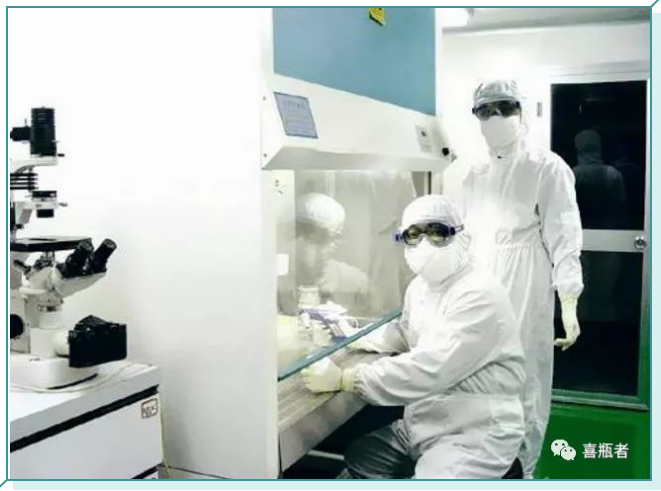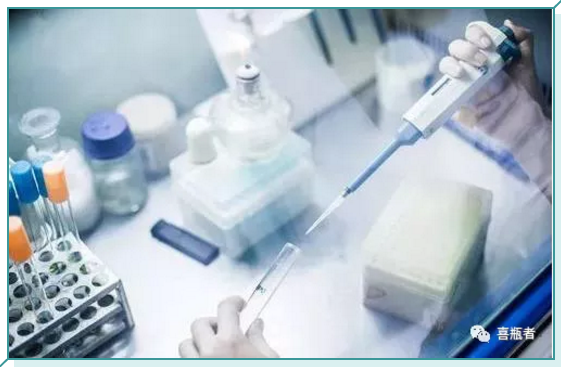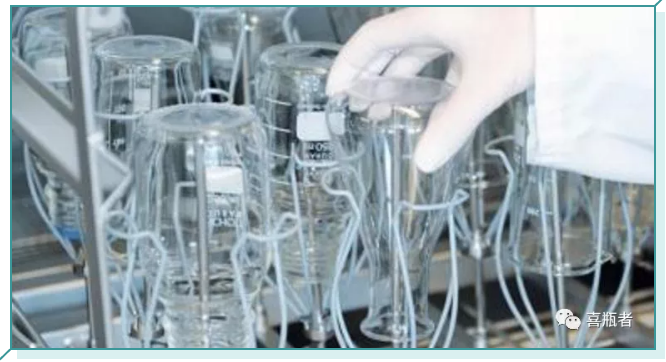Many people don’t know that biological laboratories are different from ordinary laboratories.
The types include microbiological biological laboratories, zoology laboratories, and botany laboratories, which are mainly used as experimental sites for biological testing. Especially in industries or institutions such as disease prevention centers, food testing, agricultural scientific research, school education, etc., the application of biological laboratories is very common. Because of this particularity, biological laboratories are more stringent than conventional laboratories in terms of safety protection, operation and maintenance investment, and other specifications. At a time when the global epidemic has not yet become clear, the biological laboratories that originally made the public feel mysterious, unfamiliar, and even prejudiced have unexpectedly attracted more and more attention thanks to the increased workload of virus testing and vaccine development.
Of course, whether it is a biological laboratory or other laboratories, there is a prerequisite for the value and function of the experimental project-that is, it is based on the achievement of the experimental purpose. In fact, the experiment failure rate of biological laboratories is not lower than that of other laboratories. Not only that, the consequences of failed experiments in biological laboratories are sometimes very serious. In addition to failing to obtain accurate experimental conclusions, they may also produce unpredictable dangers like some rumors! And there is a factor that leads to the failure of biological experiments, which is also easy to be ignored by experimenters. That the glassware in the biological laboratory is contaminated.
Yes, when the relevant glassware not washed good, it means that the cleanliness is difficult to meet the standard, which will cause sample cross-contamination, lower reagent concentration, and unexpected reactions. Take the common cell tissue culture experiment in biological laboratories as an example. The first condition for cell tissue culture is need a sterile environment. Especially when cleaning reusable petri dishes, test tubes, glass slides, straws, glass bottles and other experimental instruments, all kinds of pollutants, including residues of surfactants (mainly detergents), must be strictly prevented from breeding and attaching Otherwise, it is no surprise that this will interfere with the observation and analysis of the final experimental results.
Seeing this, some people will inevitably wonder: Isn’t it all you need to wash the glassware more clearly? After all, cleaning glassware is a basic pre-experimental work.
Easy to say, hard to do. In the actual process of washing glassware, there are indeed laboratories or some experimenters who did not fully comply with the relevant procedures and management systems, ignoring the cleaning of the laboratory equipment and focusing only on the disinfection and sterilization steps, and this cannot guarantee reuse Previous materials, samples, cultures, especially glassware will participate in the effective removal of pollution.
There is another fundamental reason I have to mention: In fact, it is not only biological laboratories, but also other routine laboratories often face-that is, the effect of manual cleaning of glassware is extremely unsatisfactory.
Thorough cleaning of glassware seems to be a small problem, but once it fails, it is unbearable for biological experiments. Because in addition to the failure of the experiment, it is also very likely to lead to unimaginable passive situations such as waste of experimental opportunities, safety accidents, and environmental damage.
So, what are the requirements for the thorough cleaning of glassware used in biological experiments
We, Hangzhou Xipingzhe Instruments Technology Co.,Ltd focuses on the field of laboratory cleaning.
1.The cleaned glassware is transparent and bright through visual observation, and there is no water droplets on the inner wall of the container;
2.The cleaning operation can be standardized, repeatable and consistent;
3.Thecleaning data can be recorded, traceable, and verifiabl.
4.The key quantitative indicators such as lotion concentration, temperature, TOC, conductivity, etc. meet the approved standards and have adjustable space, so as to save energy and ensure that it will not have a destructive effect on glassware;
5. The cleaning process minimizes the occurrence of safety accidents, environmental damage, and personal injuries
It is conceivable that the above-mentioned expectations can not be successfully achieved by manual cleaning.
Because of this, many biological laboratories have adopted machine cleaning instead of manual cleaning of glassware, especially the automatic laboratory glassware washers. With its help, the perfect cleaning of glassware can be achieved-thorough cleaning, efficiency improvement, quantitative implementation, safety and reliability, cost optimization… In this way, it is more in line with the management standards of first-class laboratories. It is undoubtedly of positive significance to improve the success rate of biological experiments.
This shows that for biological laboratories, reducing the contamination of glassware is an important prerequisite for experimentation and obtaining accurate results. The prerequisite for achieving this goal is to clean thoroughly, quickly and well.
Post time: Dec-04-2020





